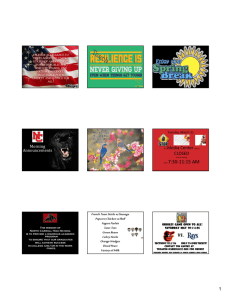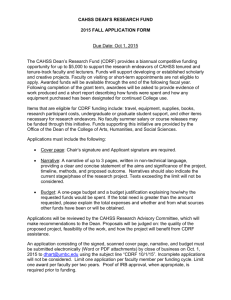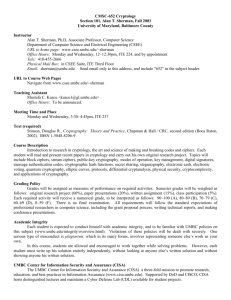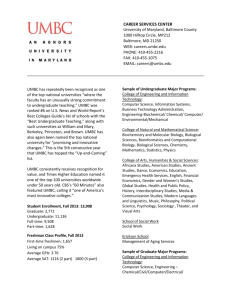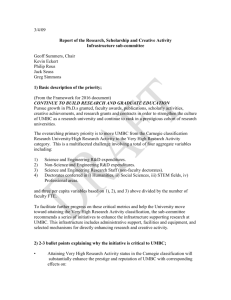New Employee Guide for Supervisors - Human Resources
advertisement
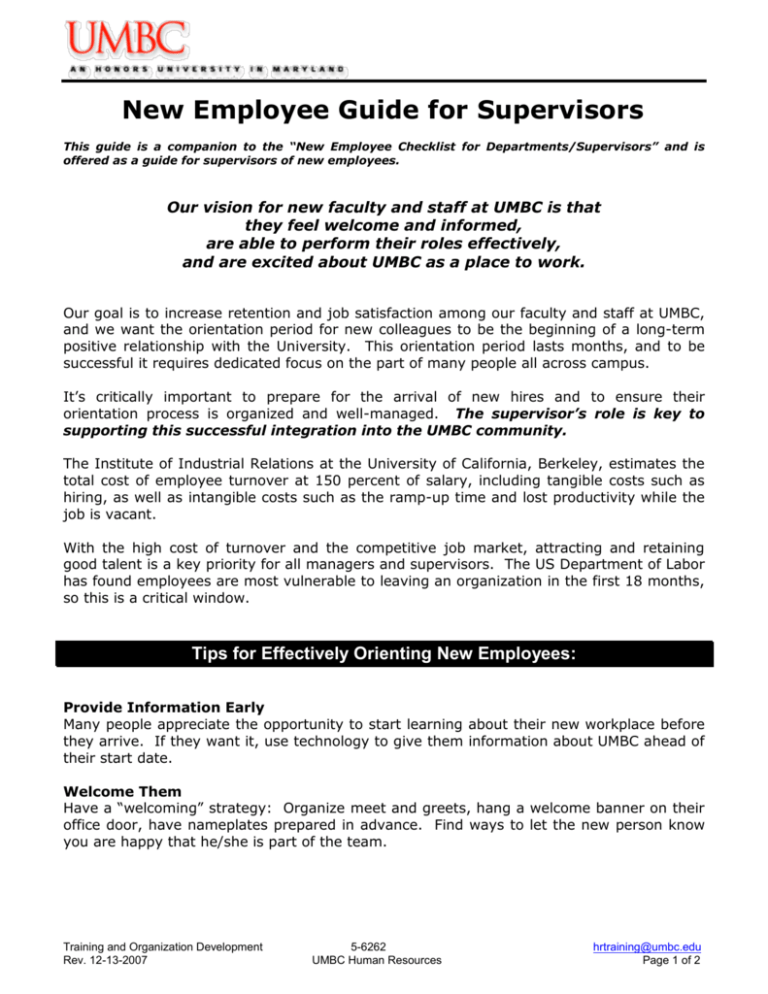
New Employee Guide for Supervisors This guide is a companion to the “New Employee Checklist for Departments/Supervisors” and is offered as a guide for supervisors of new employees. Our vision for new faculty and staff at UMBC is that they feel welcome and informed, are able to perform their roles effectively, and are excited about UMBC as a place to work. Our goal is to increase retention and job satisfaction among our faculty and staff at UMBC, and we want the orientation period for new colleagues to be the beginning of a long-term positive relationship with the University. This orientation period lasts months, and to be successful it requires dedicated focus on the part of many people all across campus. It’s critically important to prepare for the arrival of new hires and to ensure their orientation process is organized and well-managed. The supervisor’s role is key to supporting this successful integration into the UMBC community. The Institute of Industrial Relations at the University of California, Berkeley, estimates the total cost of employee turnover at 150 percent of salary, including tangible costs such as hiring, as well as intangible costs such as the ramp-up time and lost productivity while the job is vacant. With the high cost of turnover and the competitive job market, attracting and retaining good talent is a key priority for all managers and supervisors. The US Department of Labor has found employees are most vulnerable to leaving an organization in the first 18 months, so this is a critical window. Tips for Effectively Orienting New Employees: Provide Information Early Many people appreciate the opportunity to start learning about their new workplace before they arrive. If they want it, use technology to give them information about UMBC ahead of their start date. Welcome Them Have a “welcoming” strategy: Organize meet and greets, hang a welcome banner on their office door, have nameplates prepared in advance. Find ways to let the new person know you are happy that he/she is part of the team. Training and Organization Development Rev. 12-13-2007 5-6262 UMBC Human Resources hrtraining@umbc.edu Page 1 of 2 Engage Them Capitalize on the “new job enthusiasm” by quickly giving them information about their role, the processes and tasks for which they are responsible, and directions on where to dive in. Be sure to include how their performance will be evaluated and schedule a date for their expectation-setting meeting. Benefit from their fresh perspective - invite and listen to their ideas about how to do things even better. Be available and keep the lines of communication open. Share the Big Picture Help them see how their individual role supports the work of your department, your college/division, and ultimately the goals of the University. Share information that will help them understand why UMBC is such an exciting place to be! Help them Connect Explain the missions, visions, and goals of all departments within your college/division. Review organization charts and explain the interrelationships with other departments with whom they will be working. Arrange and coordinate introductory meetings with their coworkers and university colleagues, and help them develop their internal network. Provide Tools Ensure they have access to and clear instructions for using technology and tools for information retrieval, process management, document management, and other relevant tools that will support their productivity. Link them to the resources they need to be effective in their new position, including where to get information and advice on how to be successful. Provide Support Consider assigning them a “mentor” to guide them through the “settling in” period, job shadowing, and/or someone to coach them through taking on a particular project. Share information about the culture that will help them navigate smoothly, and suggest behaviors to avoid. Give them coaching and positive feedback so they know how they’re doing. Provide Development Help them identify their learning goals and together create a development plan that tailors their learning experiences to their particular needs. Be creative with various development approaches, and help them decide which training programs to attend and in what sequence. Enable them to have adequate time for their learning process and practice, and help them make the connection from training programs to actual challenges or problemsolving they will face in their work. Helpful Websites – Information About UMBC: About UMBC, and UMBC Visitor’s Guide http://www.umbc.edu/AboutUMBC/ Interactive UMBC Timeline www.umbc.edu/timeline UMBC Strategic Plan http://www.umbc.edu/provost/FramingTheFuture.pdf Centered on Success: Supporting Success at UMBC http://www.umbc.edu/undergrad_ed/retention/centeredonsuccess.pdf Training and Organization Development Rev. 12-13-2007 5-6262 UMBC Human Resources hrtraining@umbc.edu Page 2 of 2

